7 of the World’s Most Remarkable Churches
These iconic churches stand as testaments to the enduring legacy of Christianity and its profound impact on global culture and history.
Christianity spans over two millennia, with its impact on art, architecture, and culture evident in the countless churches dotting the globe. Places of worship – whether simple constructions or more grandiose designs – serve as spiritual centers for Christians, but also bear witness to significant historical events, architectural development, and artistic achievement from the people who planned, built, decorated, worked on and prayed in these structures.
7 of the World’s Most Remarkable Churches is a showcase of famous Christian monuments and their ongoing importance to Christians from all walks of life. Offering more than just a place of worship, these iconic buildings help demonstrate the power of God and faith, while also symbolizing wider historical and cultural significance.
1. St. Peter’s Basilica, Vatican City
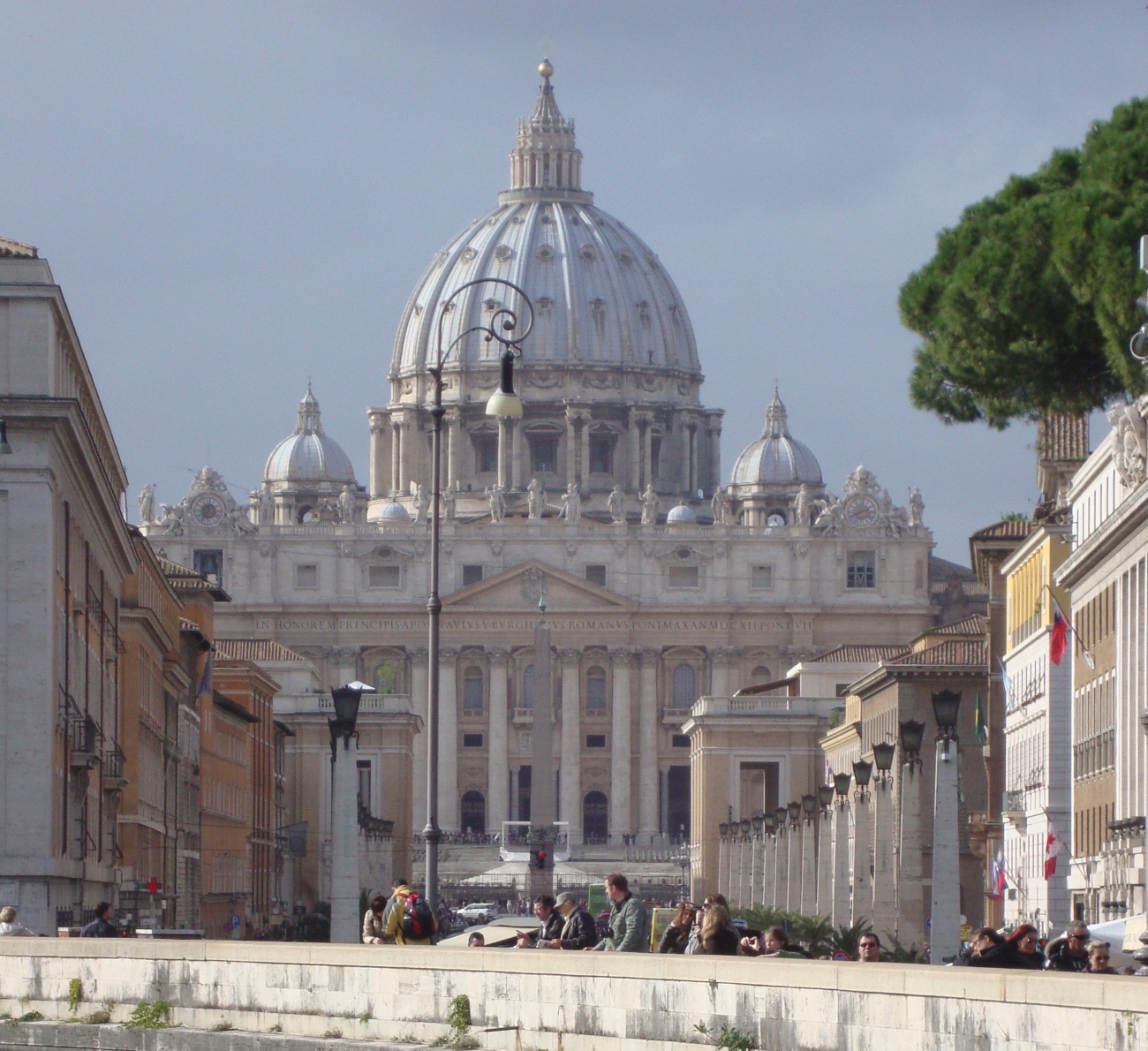
St. Peter’s Basilica is built on the burial site of Saint Peter the Apostle, and is considered one of the world’s holiest Catholic shrines. The basilica – whose construction began in 1506 and was completed in 1626 – was designed by numerous renowned architects, including Renaissance master Michelangelo. It stands as a masterpiece of architecture and art, with the dome dominating Rome’s skyline – an impressive feat considering the city’s amazing array of historically important monuments and ruins.
2. Hagia Sophia, Istanbul, Turkey
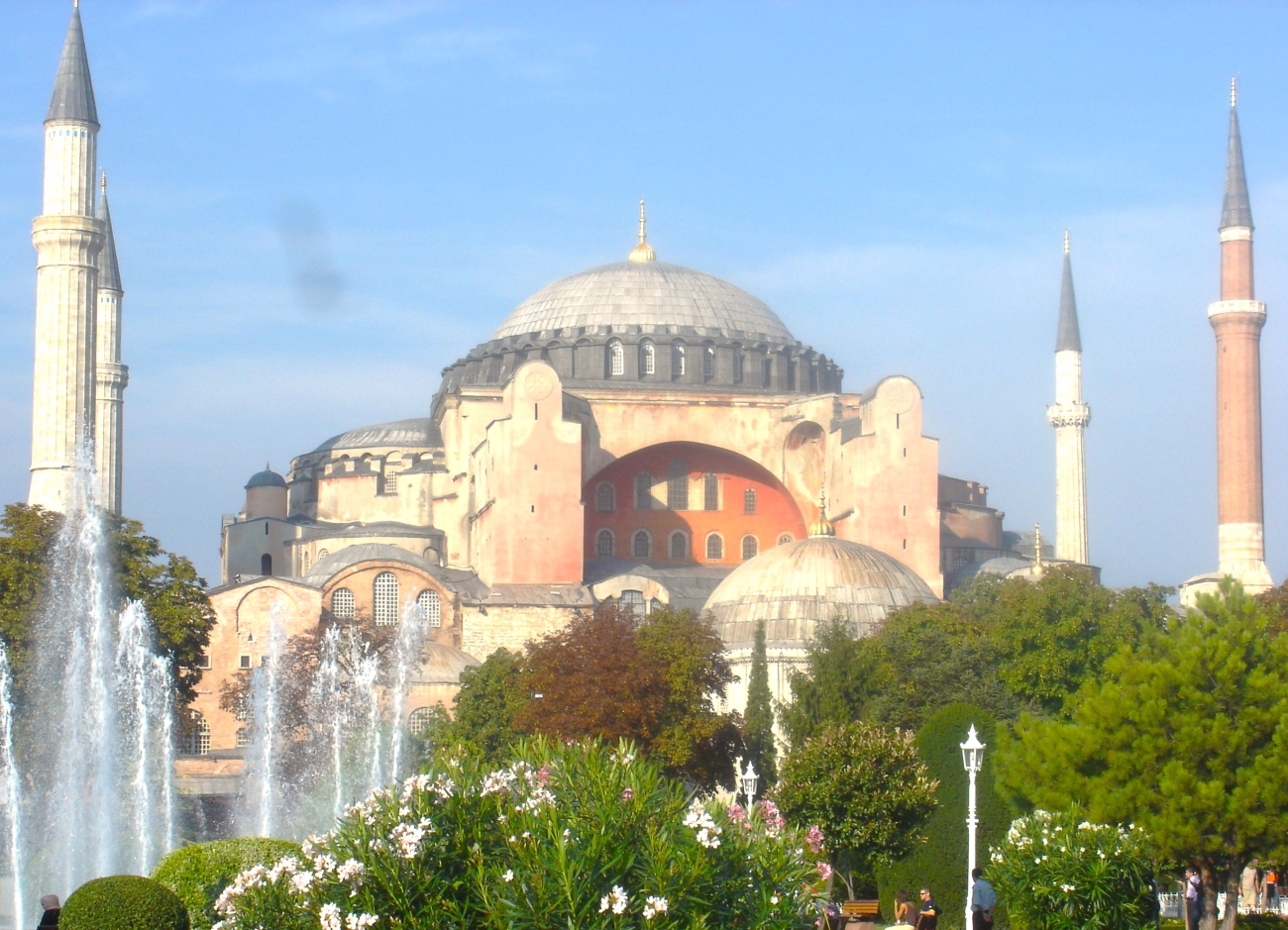
Hagia Sophia is arguably the Europe’s most imposing mix of Christian and Islamic construction (I also highly recommend the city of Cordoba in Spain for this type of architecture). Built in the 6th century, it was originally a Byzantine cathedral, that was converted (for a final time) into a mosque in the 15th century. Hagia Sophia displays a unique blend of Byzantine and Ottoman styles, its vast interior is adorned with stunning mosaics and a magnificent dome that showcases its historical importance. While ostensibly a museum, restoration crews are always at work, peeling back layers of brick, paint, and plaster, to uncover the past decoration.
3. Notre-Dame de Paris, France

Situated on the Île de la Cité, the Notre-Dame (meaning Our Lady) Cathedral has witnessed numerous historical events, including the coronation of Napoleon Bonaparte. The building is a masterpiece of Gothic architecture, famous for long pointed arches, flying exterior buttresses, huge stained-glass windows, ribbed vaults, spires… and gargoyles of course! Construction began in 1163 but wasn’t completed until 1345. The Cathedral fire in 2019 highlighted Notre-Dame’s cultural significance and led to a global restoration effort.
4. Westminster Abbey, London, United Kingdom
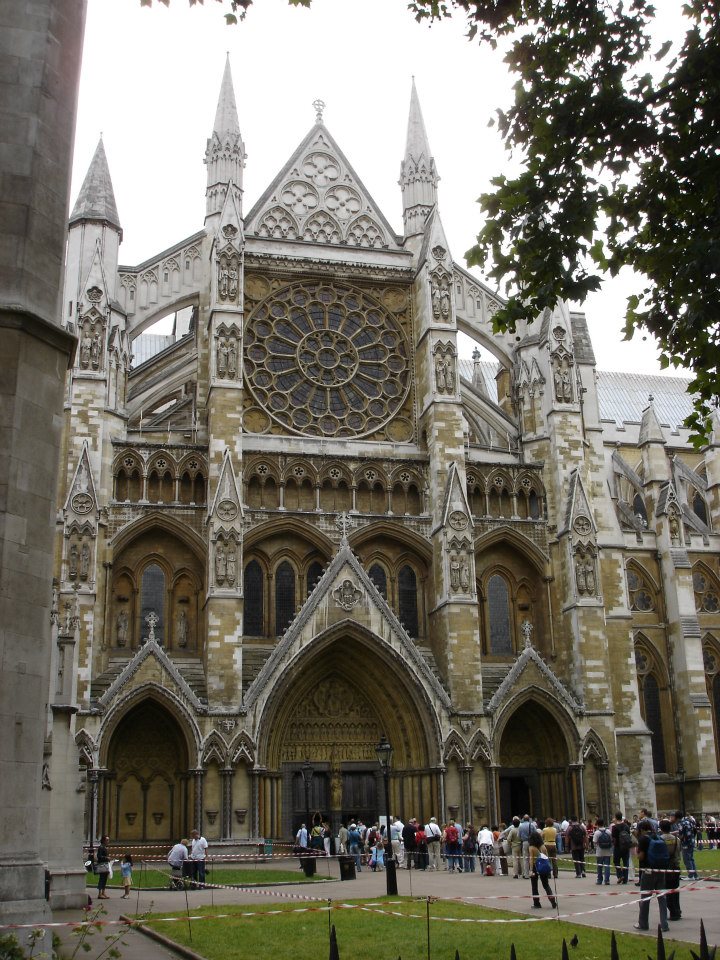
With its origins dating back to the 11th century, Westminster Abbey is a masterpiece of medieval architecture. It’s been the site of royal weddings and coronations for centuries (including most recently, King Charles III). The abbey’s stunning stained glass windows, towering spires, and the Poets’ Corner, where literary giants are buried, make a huge cultural and tourist contribution to the City of London.
5. Church of the Holy Sepulchre, Jerusalem, Israel
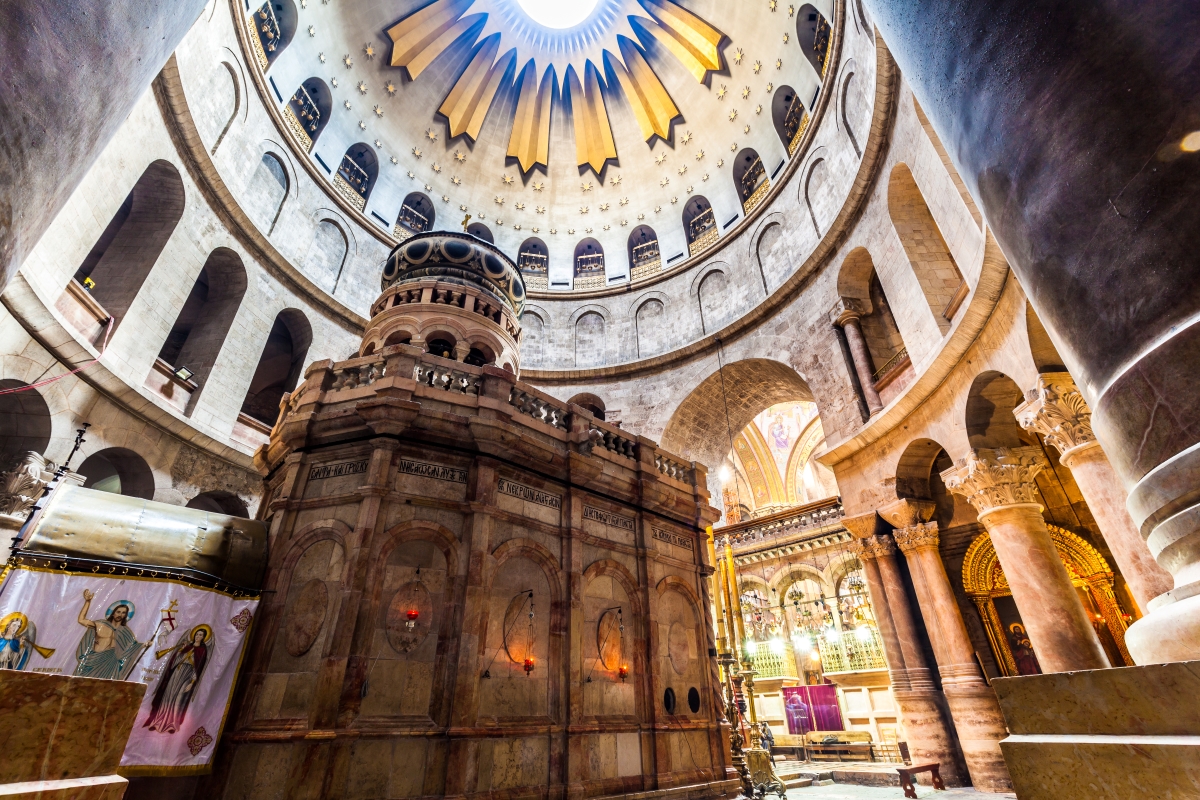
The Church of the Holy Sepulchre is believed to encompass the locations of Jesus’ crucifixion, burial, and resurrection, making it one of Christianity’s most holy sites. Originally built in the 4th century, the church lacks the decadence and pomp of other churches on the list. The Church of the Holy Sepulchre’s significance lies in it being a pilgrimage site and an important symbol of Christian devotion.
6. St. Mark’s Basilica, Venice, Italy
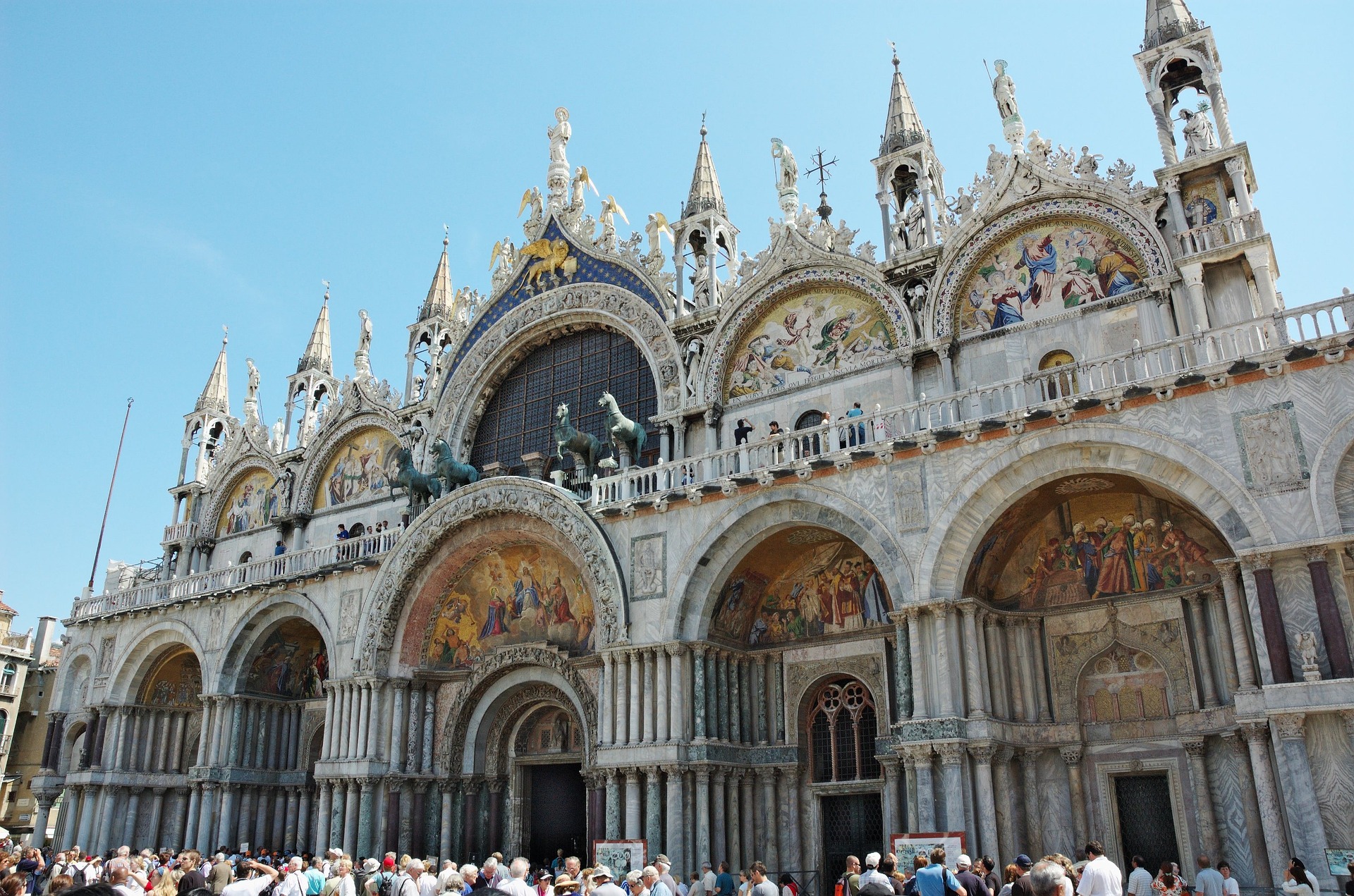
St. Mark’s Basilica is located in St Mark’s Square (where it seems all the pigeons in the world live) and alongside the Doge’s Palace. It is a beautiful, iconic symbol of the former political and religious centre of the Republic of Venice. St. Mark’s Basilica was constructed in the 9th century to house the relics of Saint Mark the Evangelist. The basilica is one of the best known examples of Italo-Byzantine architecture, which represents a fusion of Eastern and Western artistic influences.
7. Santiago de Compostela Cathedral, Spain
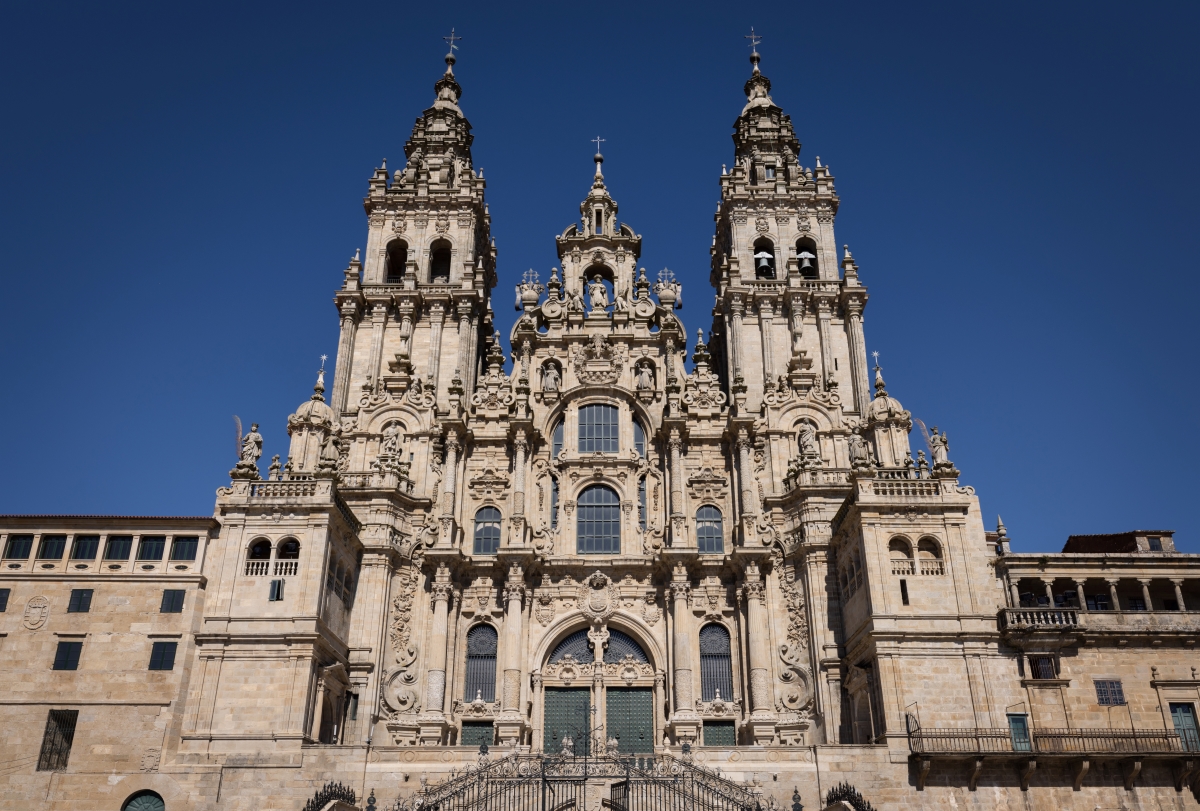
Santiago de Compostela Cathedral is the final destination of the Camino de Santiago pilgrimage route in northwest Spain, and is a powerful symbol of the spiritual journey pilgrims undertake. Built between the 11th and 13th centuries, the cathedral houses the tomb of St. James the Great, Apostle of Jesus and the patron Saint of Spain. The cathedral mixes Romanesque, Gothic, and Baroque elements, a reflection of centuries of architectural evolution in the region of Galicia.
Conclusion
These historically important Christian churches exemplify the fusion of faith, art, and architecture. They have withstood the test of time, witnessing significant historical events and attracting millions of visitors each year. They stand as testaments to the enduring legacy of Christianity and its profound impact on global culture and history.
SKM: below-content placeholderWhizzco for FHB

